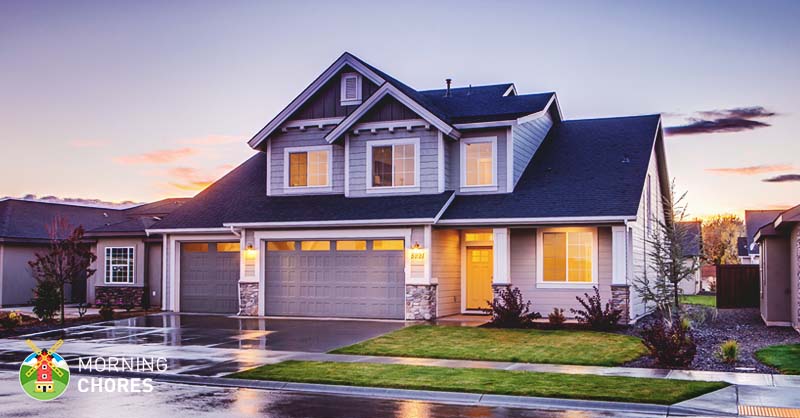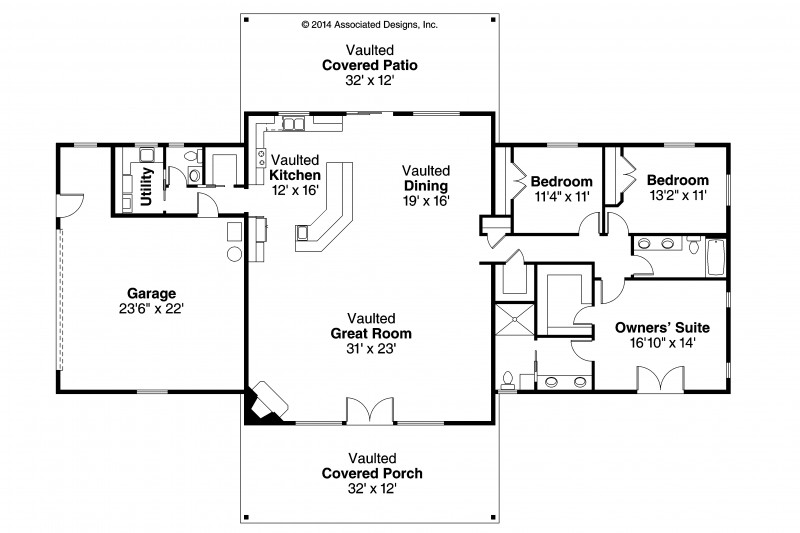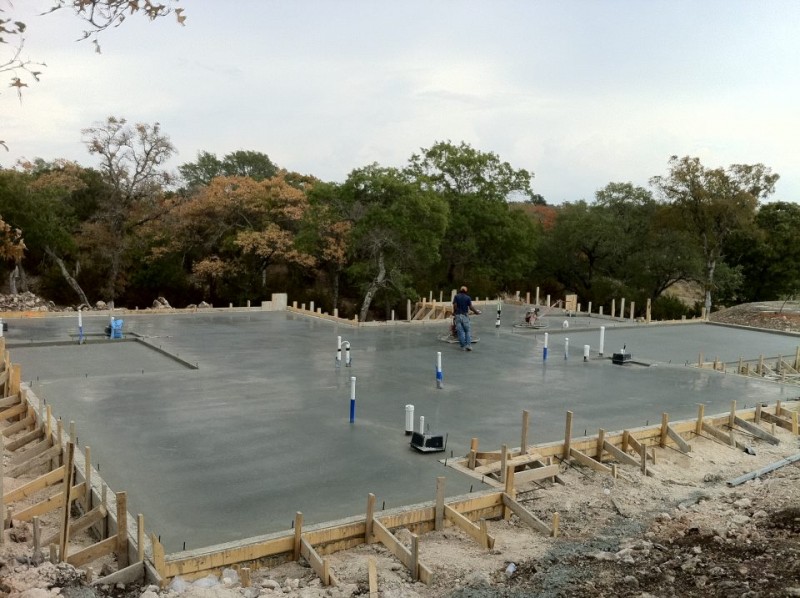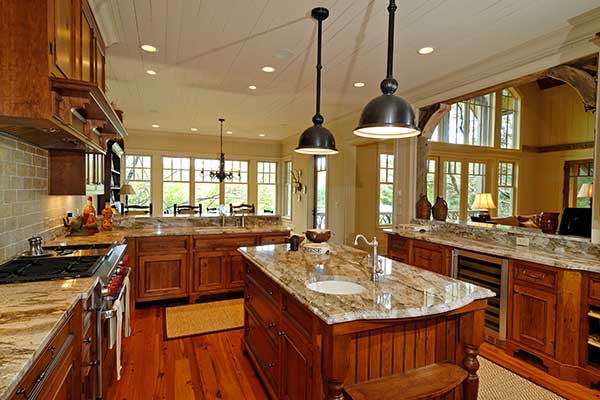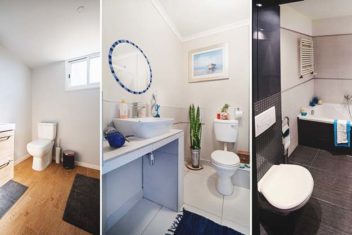Have you ever considered building your own home? There is a lot to consider if you take on this project.
However, just because you build your own home, doesn’t mean that you have to be the one that actually completes every task or even any task for that matter. Usually, it just means that you designed everything just the way you wanted it.
So I’d like to explore the steps and options that often come with building your own home. If you are considering this, you will definitely want to read this article as it covers a lot of the basics that you need to take into regard.
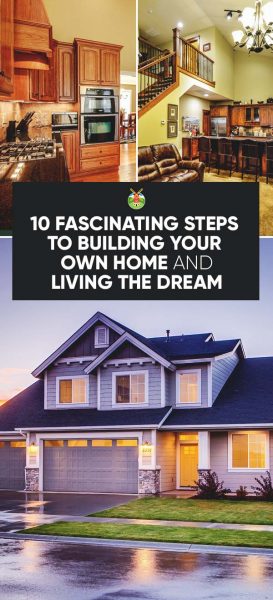
Steps to Building your Own Home
1. Money
In this world, unfortunately, money does a lot of the talking. When figuring out what your dream is, often it is dictated by what we can or cannot afford.
So building a house is no different. You’ll need to have your money all lined up before getting this project off of the ground. You will need to either have your cash in hand and know exactly how much you have to spend, or you’ll need to make a trip to the bank.
Now, in my experience with dealing with banks, they will want to know everything about you. Don’t be surprised if they ask for your blood type and what you had for breakfast that morning. (Okay, I’m kidding, but they do want to know as much about you and your financial situation as possible.)
So you’ll want to be sure that you have a pretty good credit score and a decent amount of money to put down as your down payment. Most loans require anywhere from 5-20% down. There are a few special loans that you may qualify for.
But I must give you fair warning, with the way the housing market crashed about 10 years ago, banks are very thorough these days. When looking to build a house, the banks are having to loan on potential value instead of the value that is already there. This means that their risk is greater.
Which means, they might be a little pickier, and they might expect a little more out of you to lessen their risk.
After all, if you start building and run out of money during the project, guess what? They are stuck with an unfinished house, nothing really to hang over your head to get their money back, and a house that will be difficult to sell because most people don’t want to purchase an unfinished home.
So get all of your ducks in a row before even picking out a house plan because you need to know what you can afford.
2. Create Your Budget And Pick Your Plans
After you’ve gotten the green light on either your own personal funds or a bank loan, you are ready to get started. You’ll need to begin browsing house plans to see what you like. You can order different plans online of houses that you are interested in.
Actually, some sites give you the layout of certain houses. You could print those off to take with you to your meeting with your general contractor to give them a better idea of what it is that you are looking for.
3. GC or Not to GC? That is the Question.
The next question is probably one of the most important questions in this building process. Do you want a general contractor or are you going to be the general contractor?
So the difference is if you hire a general contractor they will hire all of the necessary people for you. They will also make sure that the house is staying on budget and on its time frame as well.
But you could save a lot of money by being your own general contractor. I think this is a personal decision. If you have the time, experience, and feel comfortable with heading up this building project yourself, then go for it.
However, if you are busy, lack experience in many of the areas, and are worried that this could be a potential train wreck, then hiring someone to do this for you is probably wise.
Either way, you’ll need to have a game plan in place at this step. You will need to decide what house you plan on building, an estimate of how much building costs are per square foot in your area, then decide if you can afford the square footage you had in mind.
If not, then you’ll need to back up and punt. Either figure out a different home you could build with less square footage or put the project on hold until you have that kind of money.
Then you’ll need to start taking bids on your project so you can find people that can help with things like roofing, framing, electrical work, plumbing, HVAC, drywalling, painting, flooring, etc. You’ll need to know their work history so you can have an idea of what kind of work they do, and you’ll need to know their charge.
Now, if you are the General Contractor you can decide what tasks (if any) you’ll do yourself. This is a way to save money on labor. If you aren’t planning on doing any of the work, then you’ll need to get it lined up and contracts drawn up with those that you are planning on using to complete your home.
However, if you hire a General Contractor they’ll do most of this for you.
4. Start from the Ground Up
The first thing of a house is laying the foundation. The foundation is super important. This is part of what takes so long to build a house because builders are supposed to allow it to sit and settle before building on top of it.
Now, if you choose to have a basement in your home, it can take even longer to build. I’ve heard some building companies say they can have a house up in a few short months.
Then I’ve heard other building companies say that it isn’t wise because then the house shifts, and you have cracks. This is all a personal decision, I suppose.
However, I will say, that if you find a good builder that does good work, but he just takes a little longer, I’d go with him because you want quality work on your home even if it takes a little longer.
5. Finish the Exterior
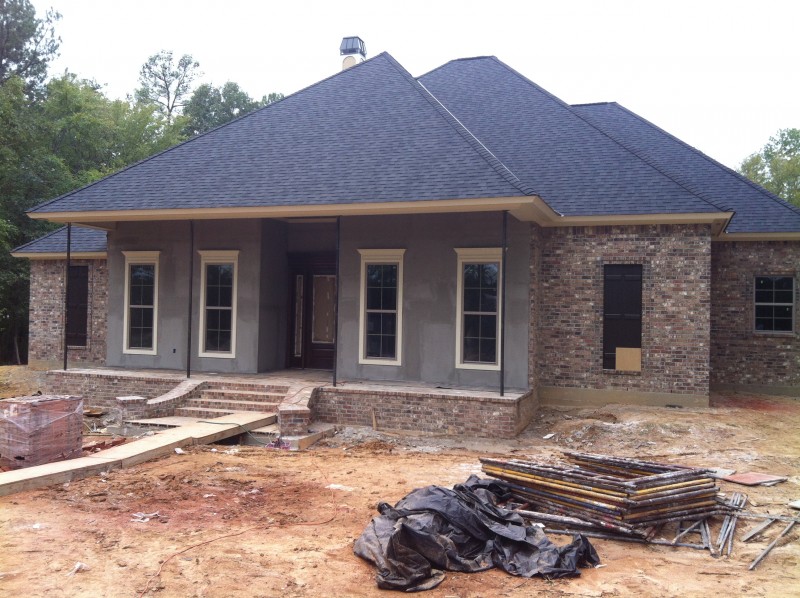
via Dom and Lori
Next, the exterior of your home will need to be finished. This includes the roof and whatever you choose for a siding option on your home. You could choose to go with vinyl siding, wood siding, brick, or stone.
Obviously, some siding options are more expensive than others.
But once you get done with this step, you’ll look like you have a real house on your hands.
However, choose your options here carefully. Brick is usually more expensive, but I love a brick home because of how sturdy they are.
Also, you have different roofing options as well. You can choose a metal roof or an asphalt roof. People have mixed emotions on which are better so I leave that decision to you. Just be sure you get a good quality roof so you won’t have to worry about it for many years to come.
6. Shut the World Out
Your outside is almost done with the exception of windows and doors. You can choose between wood windows and vinyl windows. This is not an inexpensive purchase. Wood windows are usually a little less expensive, but you do have to worry about them swelling and shrinking with the temperatures.
But as I said, vinyl windows can cost more money up front. Either way, you want to make sure you have sturdy and well-insulated windows so they will last for a long time and are energy efficient.
Now, when choosing doors, you must make similar decisions. You obviously want doors that are appealing to your eyes, but you need to decide which will best fit into your budget and be energy efficient as well.
Also, now is the time to decide if you want storm doors and windows as well. Personally, I love having storm doors or even screen doors. I also love having screens on my windows. That way I can open the doors and windows on pretty days and have a fresh breeze blow through my home and natural sunlight too.
7. Get Your Systems in Place
The next step is to get all of your systems in place. You’ll need plumbing done in the home, electrical work, and HVAC systems put into place.
So if you are comfortable doing these tasks, then you can handle them. But if not, I highly recommend hiring professionals. These systems are super important as they will impact the water running through your home, the electricity in your home, and how your home heats and cools.
Once these systems have all been installed, then you are ready to start bringing the inside of the home together.
8. If These Walls Could Talk
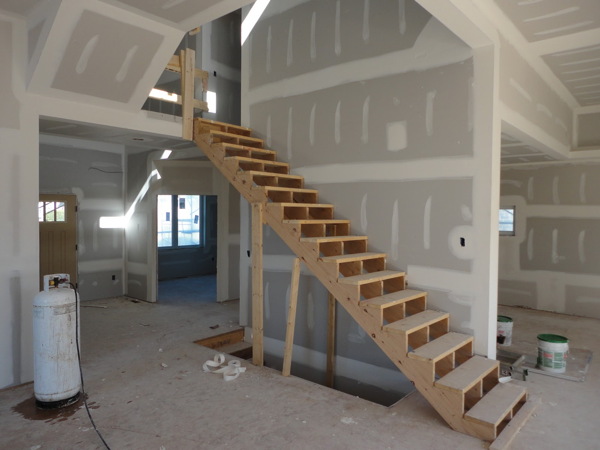
via Lamidesigns
I will never forget when we moved into our current home. It was a train wreck. Basically, it was a shell of a house. The hot water heater had leaked so badly that it fell through the floor. There was no flooring, only sub floor that needed to be replaced. As our realtor said, she thought the only thing that could fix this house was a match.
But we worked tirelessly on it, and it is now a beautiful home.
However, when we were working on it, the guys that were installing our HVAC system also did plumbing and other things around houses. They weren’t really pleased that we were doing so much of our own stuff around our house.
So when they found out that we were putting our floors down before finishing our drywall and painting, they thought we were nuts.
Truthfully, we were on a deadline. Which after they got done laughing, and I let them know how my husband had worked construction for almost 14 years and that this house needed to be livable within 4 weeks, they quickly hushed and went back to work.
But I said all of that to say, don’t do what we did unless you absolutely have to. You usually want to have your walls drywalled, sanded, and painted before you ever put your flooring over your subfloors. The reason is so that nothing gets on your high-priced flooring.
Because I assure you drywall mud, dust, and paint will often fly when working on a home.
9. Time to Walk All Over This House
After your walls are complete, you are ready to have your flooring put in. We usually lay our own flooring unless it is carpet. The only reason why is because I usually take carpets out of our homes instead of adding it in because they require more maintenance (in my opinion) in comparison to other flooring options.
So if you know how to work a saw, can measure, and feel comfortable using a nail gun, then you might be okay with applying your own laminate flooring.
If not, you can always hire someone to install it for you. Usually, whoever you purchase it from will install it for you for a fee.
10. Add Your Personality
Now, it’s time for you to add your character to your home. Most of your appliances and sinks will go in after the flooring or the systems have gone in.
But if not, you’ll want to add them. You’ll need to consider lighting, closet doors, window treatments, countertops, kitchen cabinets, and so much more. That is why a lot of people who build their own home, take it room by room once they get all of their systems in place so they can gradually finish without feeling so overwhelmed.
Again, if you hire all of this done, you’ll just have to point and tell them what you like and then you’ll have a team of people getting your house together quickly.
Keep in mind, there might be more steps to building your house than what I mentioned here. Houses and plans vary due to differences in house plans or the way some people choose to do things. This was just meant to be a general overview of what you might expect if you decide to build your own home.
So hopefully you found it helpful and it gave you a little better picture of all of the decisions and possibilities that are out there in creating your own home. You could even customize your house to include fun things like a built-in greenhouse, a root cellar, and so much more. That is the exciting part to building the home of your dreams.
But now, I’d love to hear your thoughts. Have you built a home? If so, what was your experience like? Can you tell us the pros and cons in your opinion?
We love hearing from you all so please leave us your thoughts in the space provided below.

